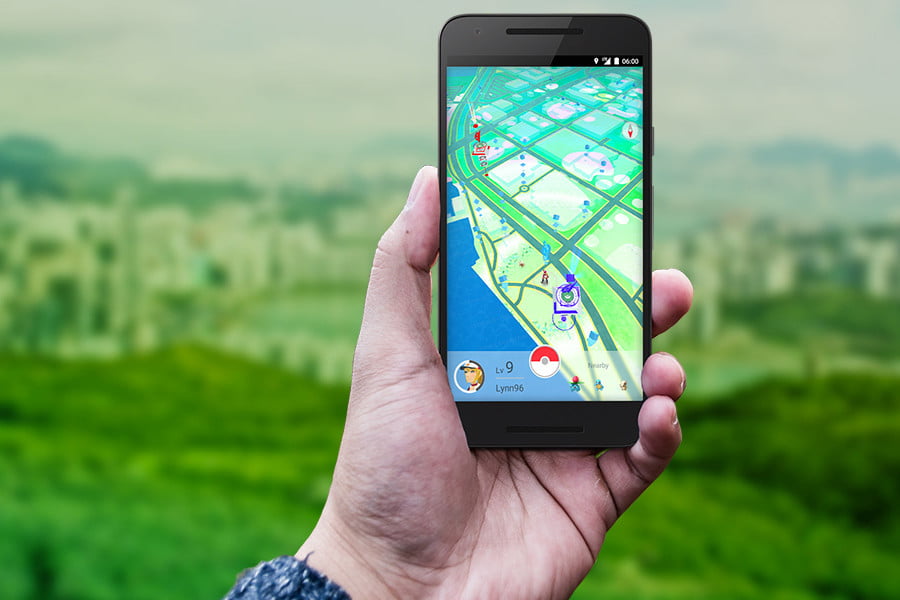You might remember a few years ago when people were running around, phones in hand, looking for creatures that only they could see. Welcome to the world of augmented reality! Whereas virtual reality is designed to immerse the user completely in a created environment, augmented reality is intended to add extra elements to the real world. In the Pokémon GO, the game’s designers “hid” Pokémon characters all over the world. By using one’s phone or mobile device like a scanner, players could see the characters superimposed on their real-life surroundings, and then capture them.
Pokémon GO has declined somewhat in popularity but augmented reality is here to stay, with the military, commercial, medical, and entertainment applications.
Some ways in which you may see augmented reality in your daily life include:
Medical Uses:
Augmented reality can assist surgeons by superimposing a 3D image onto the patient’s body. Augmented reality technology can be used with MRI and X-ray information to present a more complete picture of a patient. AR technology can also be used for medical training, allowing students to explore a virtual human body.
Shopping:
The applications for AR in retail are unlimited. Visitors to a Harley Davidson showroom today can use their smartphones to view how the motorcycles on display in a showroom would look with optional features and colors. AR may also be used to show a buyer how a certain piece of furniture may be used in his home, how his walls may look with various paint colors, and maybe even how a garment might look on his body.
Manufacturing:
With the use of AR technology, manufacturers like Lee Spring in Brooklyn may be able to show customers how a custom designed part will fit in its intended application, reducing returns and increasing customer satisfaction. One day, for example, you will be able to find extension springs here, point your smartphone to the piece of equipment in which the spring is to be installed, and see how it will fit.
Tourism:
Travelers may be able to take a virtual tour of a location before booking a trip, and while traveling, use an augmented reality app to show the location of places of interest, restaurants, shops, and other features within the city they are visiting.
Entertainment:
As is often the case, designers of games and other entertainment are at the forefront of augmented reality innovation. The makers of Pokémon GO are in the process of designing a Harry Potter themed AR app, in which users can integrate elements of the Harry Potter universe into their daily lives.
Other uses:
DHL currently provides AR headsets for warehouse workers to map out the fastest route to retrieve an item for shipping.
Some analysts estimate AR to be a $100 billion industry by 2020. With the applications limited only by the imaginations of designers, it is likely that AR will play some part in our daily lives in the near future.



